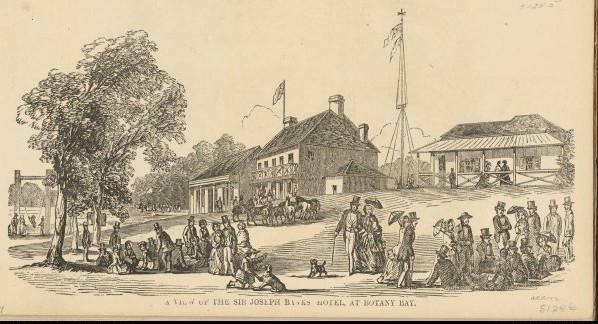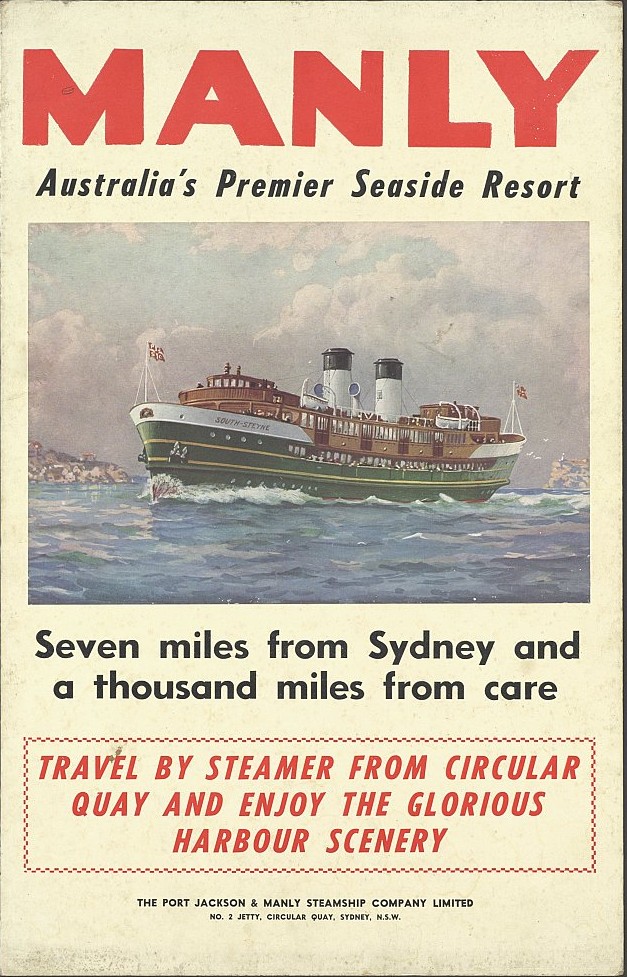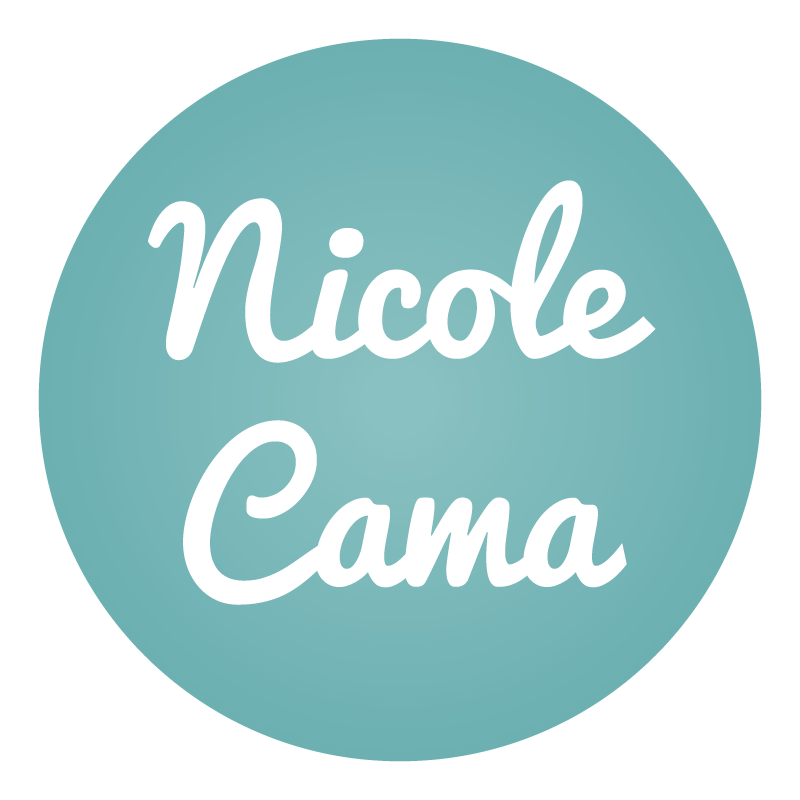
Sir Joseph Banks Hotel, Botany Bay 1857. By Mason, Walter G. National Library of Australia, nla.pic-an8021430
It’s summertime in Sydney and with tourists swarming our popular attractions I thought I’d explore the history of tourism in our city on 2SER radio this morning for the Dictionary of Sydney.
Tourism emerged in Europe during the 18th century when people began to take pleasure in the experience of travelling to new places. From the early convict days in Sydney, the real attraction was the city’s sparkling harbour coupled with the exciting urban hub of the city centre which included gambling dens, taverns, theatres and brothels.
During the late 1800s, notable hotels sprung up around the city to cater for increasing numbers of tourists and regular steamship services began to grace the harbour. By the 1880s, the city had a widespread rail network which took visitors to the Easter Show, for example, and by 1907 the Sydney Morning Herald reported that the show was attracting ‘many thousands of…hard working folk on the land’ to Sydney.
The hotels, government-owned railways and steamship companies such as Burns Philp, became the dominant tourism promoters. As a result, resorts and hotels were built to entice day trippers to the city. The Sir Joseph Banks Hotel in Botany Bay was built in the 1840s and included attractions for holiday-makers such as pleasure grounds, dancing, sporting fixtures and by 1850, a zoo! Gardens across the city then sprung up including Cremorne and Clifton gardens.

Manly, Australia’s Premier Seaside Resort c1945. Manly and Port Jackson Steamship Company. National Library of Australia, nla.aus-vn3304093-13x
Manly became a tourist hotspot from the 1850s, and ferry advertising for the suburb displayed the slogan ‘Seven Miles from Sydney and a thousand miles from care’. The ferry services to these areas transformed from a mode of transportation for commuters to one for pleasure seekers, and when the Harbour Bridge opened in 1932 they were converted to ‘showboats’ until the early 1960s.
Cheap tram travel also made it easy for fun seekers to visit various popular attractions at Coogee and Bondi including aquariums, swimming baths, zoos, sideshows and amusement rides. And luckily for beachgoers, a relaxing of surf-bathing regulations after 1902 and introduction of surf lifesavers in 1908 added Sydney’s beaches to the list of leisure activities.
During the late 19th century, Aboriginal people congregated at Bennelong Point, however, they were removed to the reserve at La Perouse. By 1902, the reserve attracted the attention of curious tourists, and the Aboriginal community there gradually developed their own tourist economy, making boomerangs, shields, shellwork and other souvenirs.
It wasn’t until after World War II that international tourism became a major part of tourist Sydney, as air travel was the chosen mode of transportation. During the 1970s and 1980s, there was a widespread rediscovery of the city’s past and our best known historic precincts turned into tourist havens, including the Rocks and the Queen Victoria Building. More recently, Sydney’s landmarks the Opera House and Harbour Bridge climb now occupy pride of place in the city’s most visited attractions.
And to finish, a fun fact from the Dictionary of Sydney: In the space of a 60-year period, the number of international visitors to Australia grew from 43,692 in 1950 to over 5.9 million by 2010. Of those, about 2.7 million visited Sydney, making it Australia’s top tourist destination.
Listen to my Dictionary of Sydney segment at 2SER radio and have a read of the article at the Dictionary of Sydney. For other interesting segments, see my Dictionary of Sydney project post and visit the Dictionary of Sydney blog.
